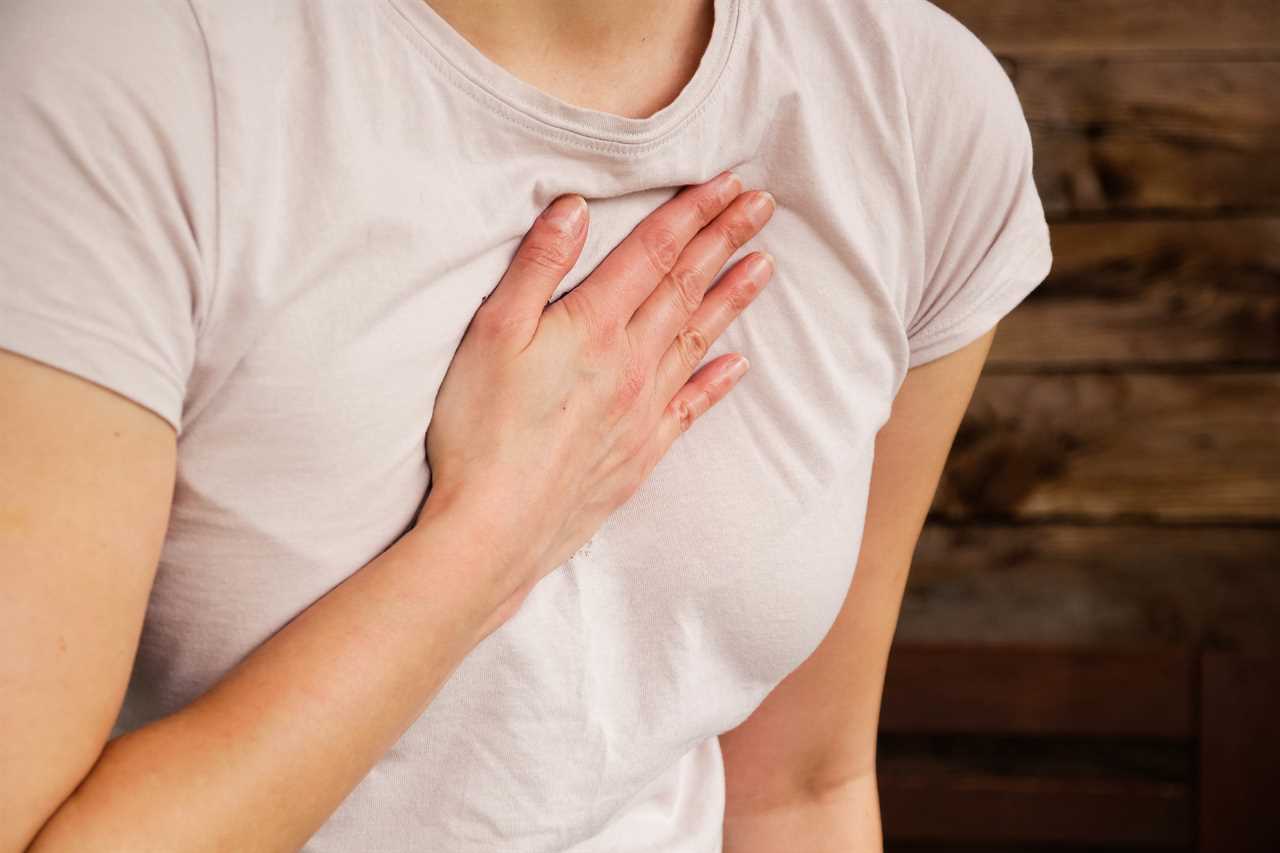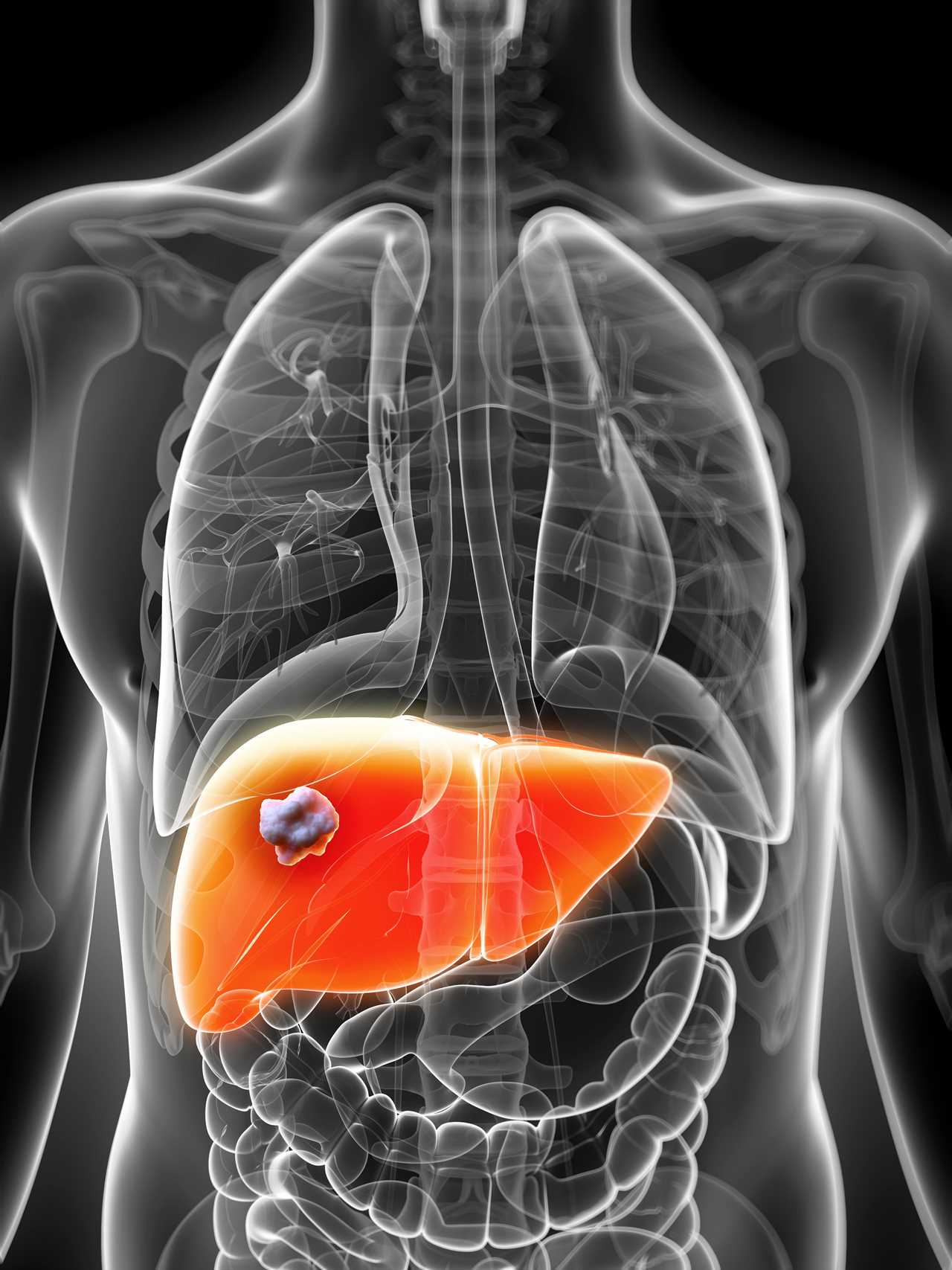PAIN or discomfort after eating could be a sign of liver cancer, experts warn.
Indigestion-like symptoms are common in people with the disease, which kills almost 6,000 people in the UK every year.

Indigestion can be a sign of liver cancer, the NHS warns

The liver is the second largest organ in the body
Most frequently, people experience heartburn, bloating, nausea and vomiting, according to the NHS.
Feeling full very quickly after snacks or small meals is also reported.
These signs can easily be brushed off as indigestion, which is usually harmless.
But it’s important to be alert to the potential dangers as liver cancer can be tricky to spot.
Symptoms often don’t occur at all in the early stages, and once they do it’s vital to act fast.
The NHS says the easy-to-dismiss signs that can affect your digestion include:
- Feeling or being sick
- Pain at the top right side of your tummy or in your right shoulder
- Symptoms of indigestion, such as feeling full very quickly when eating
- A very swollen tummy that is not related to when you eat
More widely, other indicators include:
- Weight loss (more than five per cent of your normal weight over six to 12 months)
- Yellowing of the skin and whites of the eyes (jaundice)
- Fever
- Itching
- Darker pee and paler poo
- Feeling sick
- Loss of appetite
- A lump in the right side of your abdomen
- Feeling generally unwell or having flu-like symptoms
Having these symptoms doesn’t mean you have liver cancer, or that you are seriously unwell.
But if they persist for more than two weeks, you should see a GP.
A spokesperson for Cancer Research UK (CRUK) said: “Even if you’re worried about what the symptom might be, don’t delay seeing them.
“Your worry is unlikely to go away if you don’t make an appointment.
“The symptom might not be due to cancer. But if it is, the earlier it’s picked up the higher the chance of successful treatment.
“You won’t be wasting your doctor’s time.”
Around 6,200 people are diagnosed with cancer that starts in the liver each year in the UK. That’s 17 new cases every day.
It is more common in men than in women, and the risk of developing the disease gets higher as we get older, according to CRUK.
It claims about 5,800 lives every year – or 16 each day.
The liver is the second largest organ in the body after your skin and sits just below your right lung.
Liver cancer starts here when abnormal cells start to divide and grow in an uncontrolled way.
But it is usually only picked up once it has spread to other areas of the body.
There are several different types of primary liver cancer. These are:
- Hepatocellular carcinoma (HCC) – the most common
- Fibrolamellar cancer – a rare type of HCC
- Bile duct cancer (also called cholangiocarcinoma) – starts in the bile ducts within or outside the liver)
- Angiosarcoma (or haemangiosarcoma) – starts in the blood vessels of the liver and is extremely rare
- Hepatoblastoma – a rare childhood cancer
Almost one in 10 people survive their disease for 10 years or more, CRUK says.






